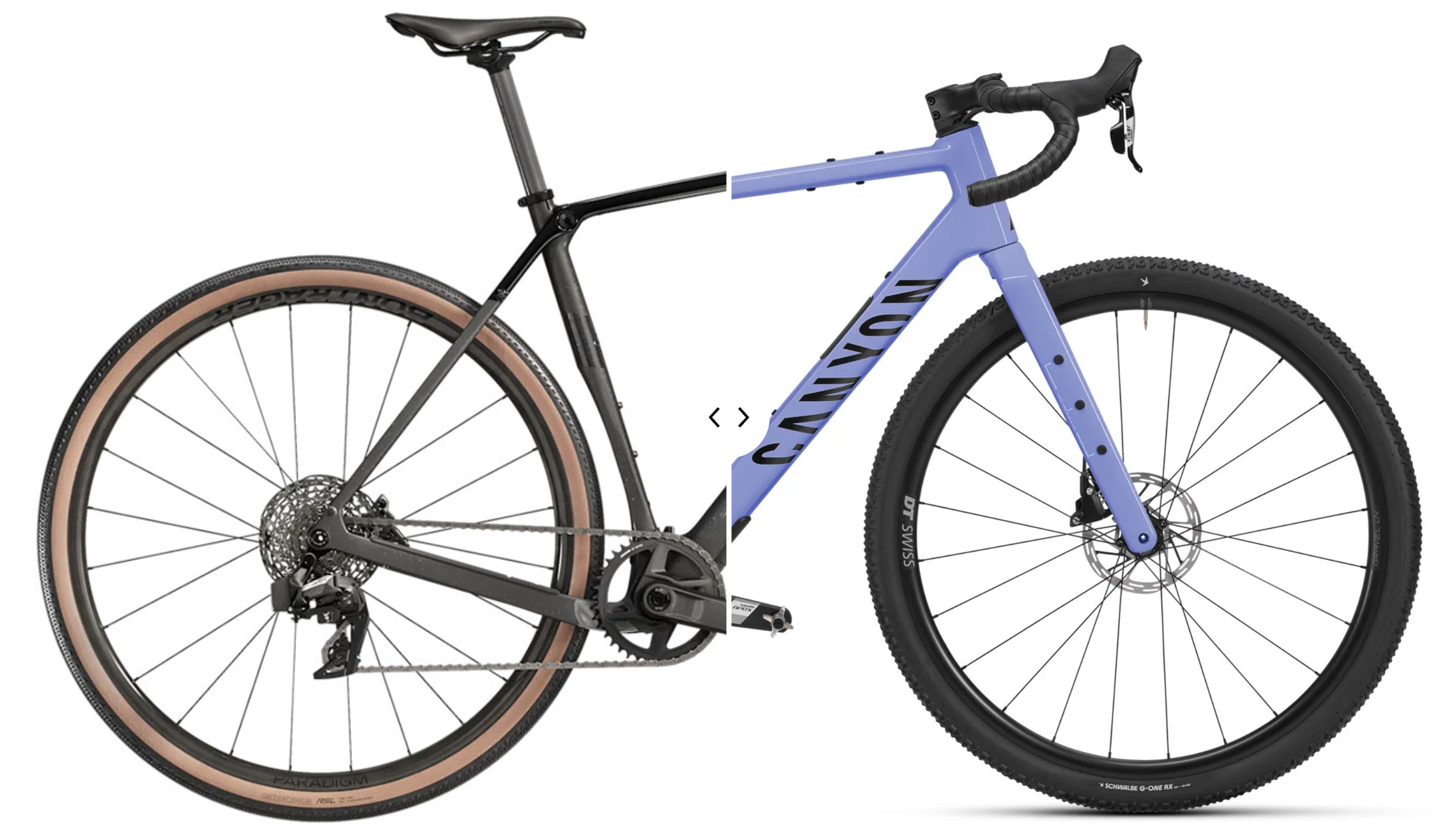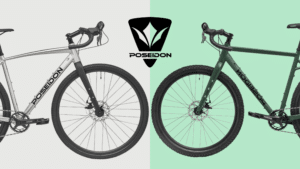Updated: 1st August 2025
The ultimate gravel bike showdown! Canyon vs Trek – two titans battling for gravel supremacy. Both the Canyon Grail and Trek Checkpoint have earned legendary status among gravel enthusiasts, but they take distinctly different approaches to off-road adventure.
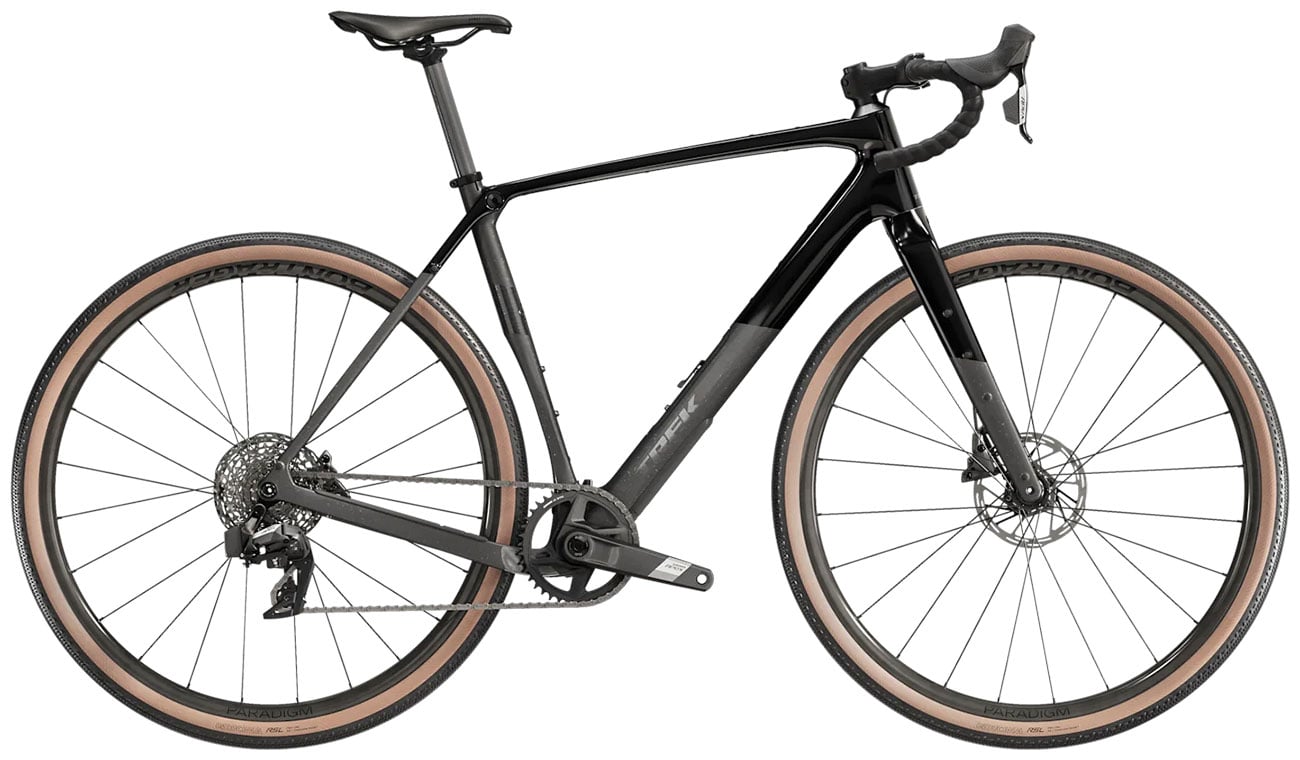
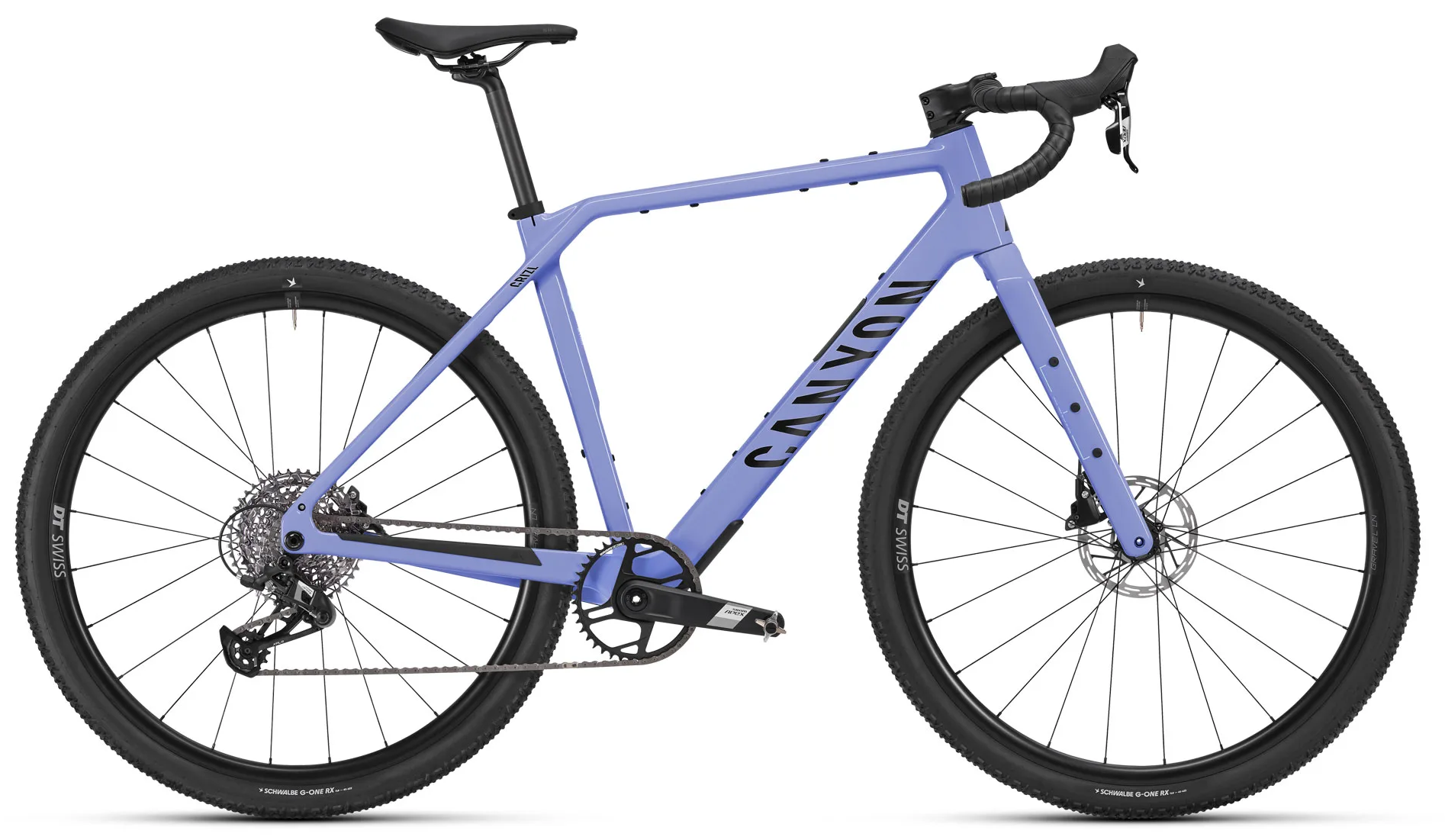
The Canyon Grail was built to maintain road bike speed and performance on pavement while offering the comfort and control needed for gravel adventures. Meanwhile, the Trek Checkpoint prioritizes all-around adventure capability with superior comfort, stability, and cargo-carrying potential.
If you just want the quick answer, scroll down to our verdict. But if you’re ready to compare tire clearance, climbing gears, geometry, and ride feel — keep reading.
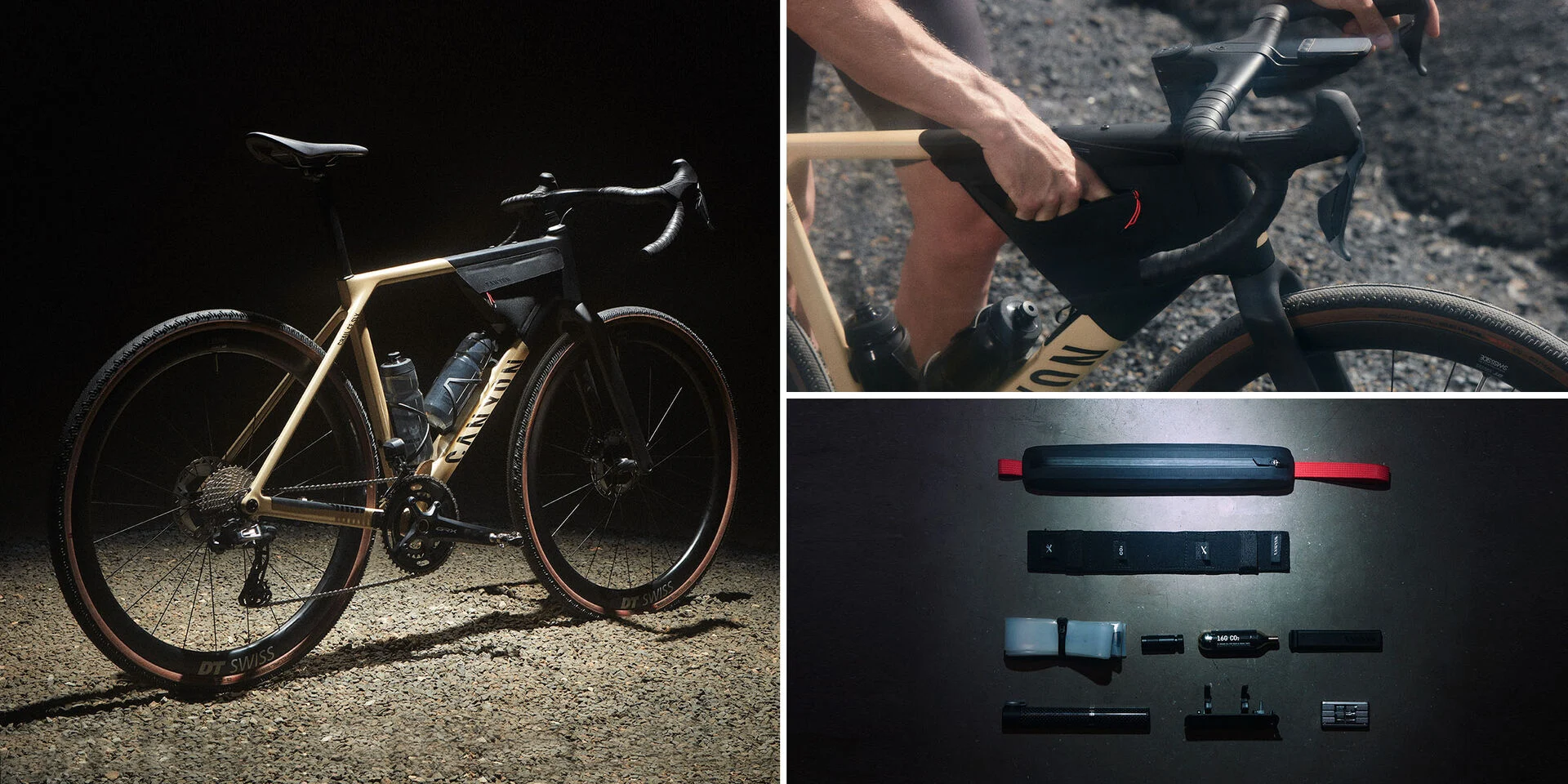
Quick Verdict Summary Table
| Feature | Best Option |
|---|---|
| Speed / Racing | Canyon Grail |
| Touring / Bikepacking | Trek Checkpoint |
| Off-road Versatility | Trek Checkpoint |
| Tire Clearance | Trek Checkpoint |
| Climbing Gear | Trek Checkpoint |
| Best Value | Canyon Grail |
| Comfort | Trek Checkpoint |
| Road Performance | Canyon Grail |
Our Verdict
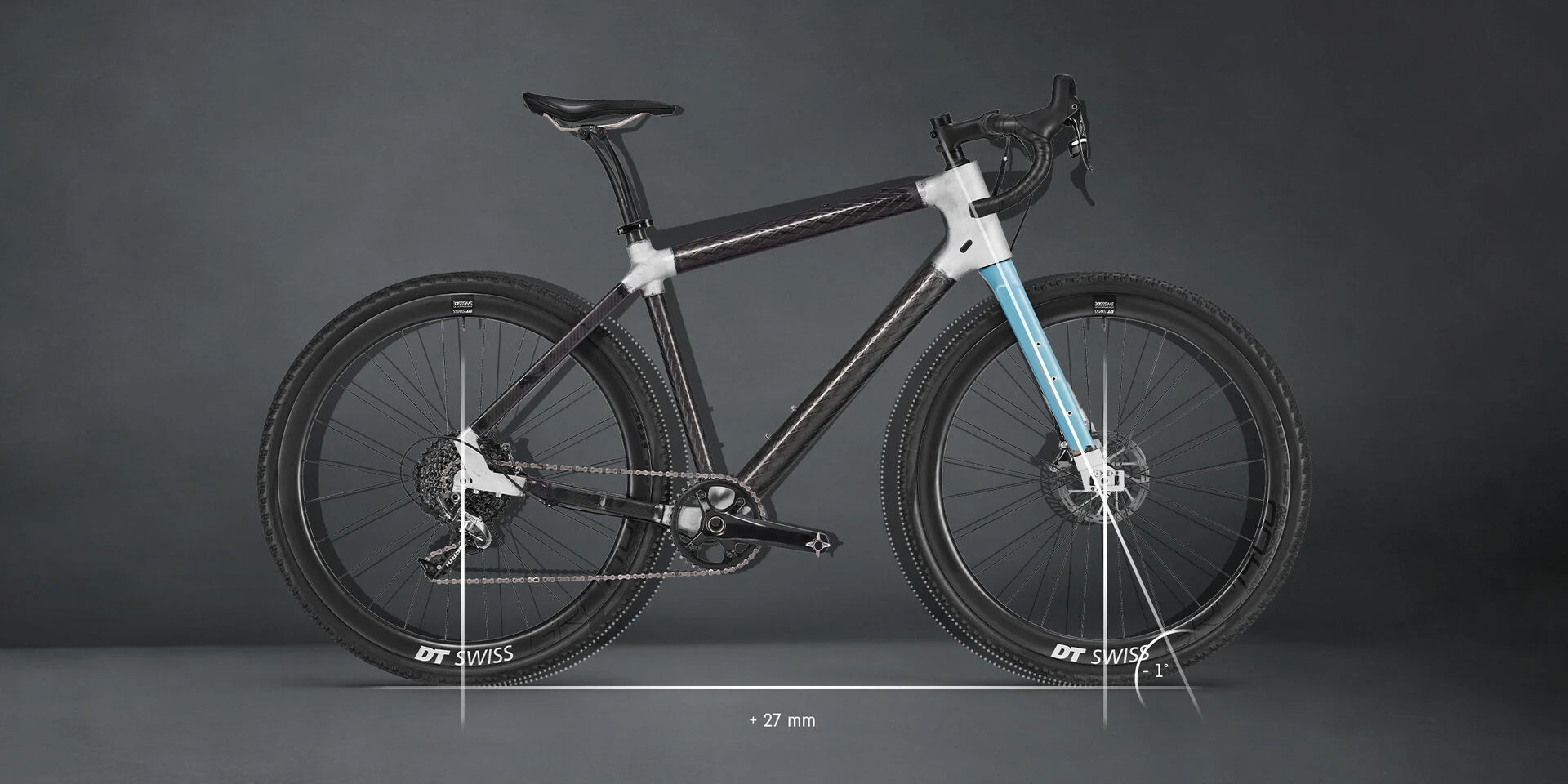
After extensive analysis of both platforms, the choice comes down to your primary riding style. The geometry of the Checkpoint is notably more controlled than the others on test. It boasts the longest wheelbase by far, making it superior for loaded adventures and long-distance comfort.
The Canyon Grail excels as a gravel race machine that doesn’t compromise on pavement performance. The Canyon Grail CF SLX is a rapid gravel race bike that can do everything well, particularly if you’re coming from a road cycling background.
Choose the Grail if speed and performance are priorities, or the Checkpoint if comfort, versatility, and adventure capability matter more.
Key Takeaways
Canyon Grail Highlights
- Lighter weight: 700g/1.54 lbs lighter than comparable Checkpoint models
- Race-focused geometry: More aggressive position for speed
- Better value: It’s an outrageous value given the build that would definitely cost thousands more from a mainstream brand
- Road bike heritage: Maintains road performance while adding gravel capability
- New innovations: Features the Double Drop Bar and Gear Groove mounting system
Trek Checkpoint Highlights
- Superior tire clearance: Fits up to 2.1″ (53mm) vs 42mm on Grail
- Comfort-focused: More upright geometry with IsoSpeed decoupler
- Adventure-ready: Extensive mounting options for bikepacking
- Stability: Longer wheelbase and chainstay for loaded riding
- Better climbing gears: Lower gear ratios for steep terrain
Detailed Spec Comparison Table
| Spec | Canyon Grail CF SL 7 | Trek Checkpoint SL 5 Gen 3 |
|---|---|---|
| Price | $2,299 – $9,549 | $2,499 – $12,249 |
| Category | Progressive Gravel / Race | All-road / Adventure Gravel |
| Frame Material | Carbon Fiber (CF/CFR/SLX) | Carbon (OCLV) with IsoSpeed |
| Weight | ~8.3 kg (CF SLX models) | ~9.0 kg (comparable spec) |
| Tire Clearance | 42 mm (700c) | 45 mm (700c) / 2.1″ (650b) |
| Drivetrain | Shimano GRX / SRAM options | Shimano GRX / SRAM options |
| Brakes | Hydraulic disc | Hydraulic disc |
| Crankset | 48-31T (varies by model) | 46-30T (varies by model) |
| Cassette | 11-34T | 11-34T |
| Wheelbase (M) | 1029 mm | 1041 mm |
| Stack / Reach Ratio (M) | 1.27 | 1.42 |
| Chainstay Length | 425 mm | 435 mm |
Ride Feel + Geometry Breakdown
The geometry differences between these bikes fundamentally shape their character:
Canyon Grail: More aggressive positioning with a lower stack/reach ratio (1.27 vs 1.42) creates a faster, more aerodynamic riding position. The shorter chainstay (425mm vs 435mm) and wheelbase (1029mm vs 1041mm) deliver snappier handling and quicker acceleration.
Trek Checkpoint: The more upright position reduces strain on long rides, while the longer wheelbase provides superior stability when loaded with gear. The space for 2.1 inch 650b tyres more than makes up for that in terms of comfort and traction.
Detailed Geometry Comparison (Medium Frame)
| Geometry | Canyon Grail | Trek Checkpoint | Difference |
|---|---|---|---|
| Stack | 536 mm | 571 mm | +35 mm |
| Reach | 421 mm | 403 mm | -18 mm |
| Stack / Reach Ratio | 1.27 | 1.42 | +0.15 |
| Top Tube Length | 569 mm | 570 mm | +1 mm |
| Head Tube Angle | 72.5° | 71.8° | -0.7° |
| Seat Tube Angle | 73.5° | 73.2° | -0.3° |
| Bottom Bracket Drop | 75 mm | 76 mm | +1 mm |
| Chainstay Length | 425 mm | 435 mm | +10 mm |
| Wheelbase | 1029 mm | 1041 mm | +12 mm |
| Trail | 66 mm | 70 mm | +4 mm |
| Standover Height | 834 mm | 789 mm | -45 mm |
Pro Insight: Higher trail numbers (70mm vs 66mm) mean the Checkpoint offers slower, more stable steering – perfect for loaded touring. The Grail’s shorter chainstay creates a more playful rear end for quick direction changes.
Gearing Analysis
Both bikes typically spec 2×11 GRX drivetrains, but with different approaches:
Canyon Grail:
- Crankset: 48-31T
- Cassette: 11-34T
- Lowest gear: 25.15″ gear inches
- Highest gear: 120.50″ gear inches
Trek Checkpoint:
- Crankset: 46-30T
- Cassette: 11-34T
- Lowest gear: 24.32″ gear inches
- Highest gear: 115.53″ gear inches
The Checkpoint’s lower climbing gear (24.32″ vs 25.15″) makes it superior for steep climbs, especially when loaded with bikepacking gear. The Grail’s higher top-end gearing suits faster riding on flats and descents.
Mounting Options + Cargo Capability
Trek Checkpoint wins decisively here:
- Multiple bottle cage mounts (frame triangle, seat tube, fork)
- Front and rear rack compatibility
- Full fender coverage capability
- Three-pack frame bag mounting points
- Fork anything-cage mounts
Canyon Grail:
- Standard bottle cage mounts
- Limited rack compatibility
- The Grail’s new Double Drop Bar takes everything we learned from the Generation 1 Double Decker Bar and incorporates it into a lightweight, aerodynamic package with the clever and functional Gear Groove mounting point
- Gear Groove mounting system for accessories
Use Case Comparison
Speed/Racing
Winner: Canyon Grail
- More aerodynamic position
- Lighter weight for climbing
- Snappier handling for quick responses
- Better high-speed gearing
Commuting
Winner: Trek Checkpoint
- More upright, comfortable position
- Better fender compatibility
- Superior rack mounting options
- More forgiving geometry for daily use
Touring/Bikepacking
Winner: Trek Checkpoint
- Better gear carrying capacity
- More stable when loaded
- Superior tire clearance for rough terrain
- Better climbing gears for loaded ascents
Mixed Riding
Winner: Depends on priorities
- Grail: Better if road performance matters
- Checkpoint: Better if comfort and versatility matter
Pros and Cons
Canyon Grail Pros and Cons
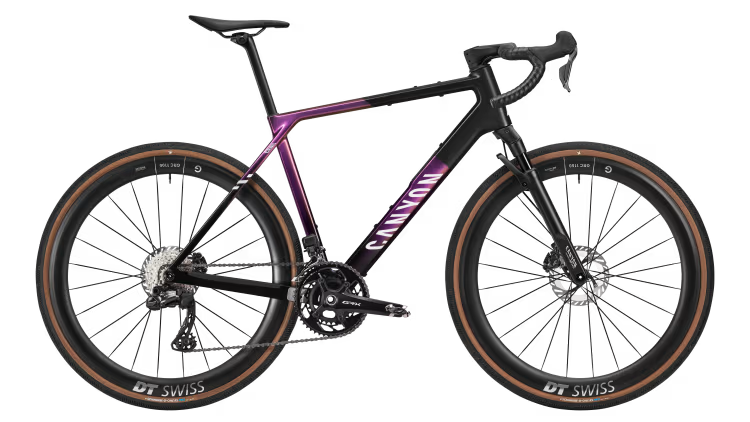
Pros
- Excellent value for carbon construction
- Lighter weight across comparable models
- More aggressive, efficient geometry
- Strong road bike performance
- Innovative Double Drop Bar design
- Direct-to-consumer pricing advantage
Cons
- Less tire clearance (42mm max)
- Limited mounting options
- More aggressive position less comfortable long-term
- Direct sales only (no local dealer support)
Trek Checkpoint Pros and Cons
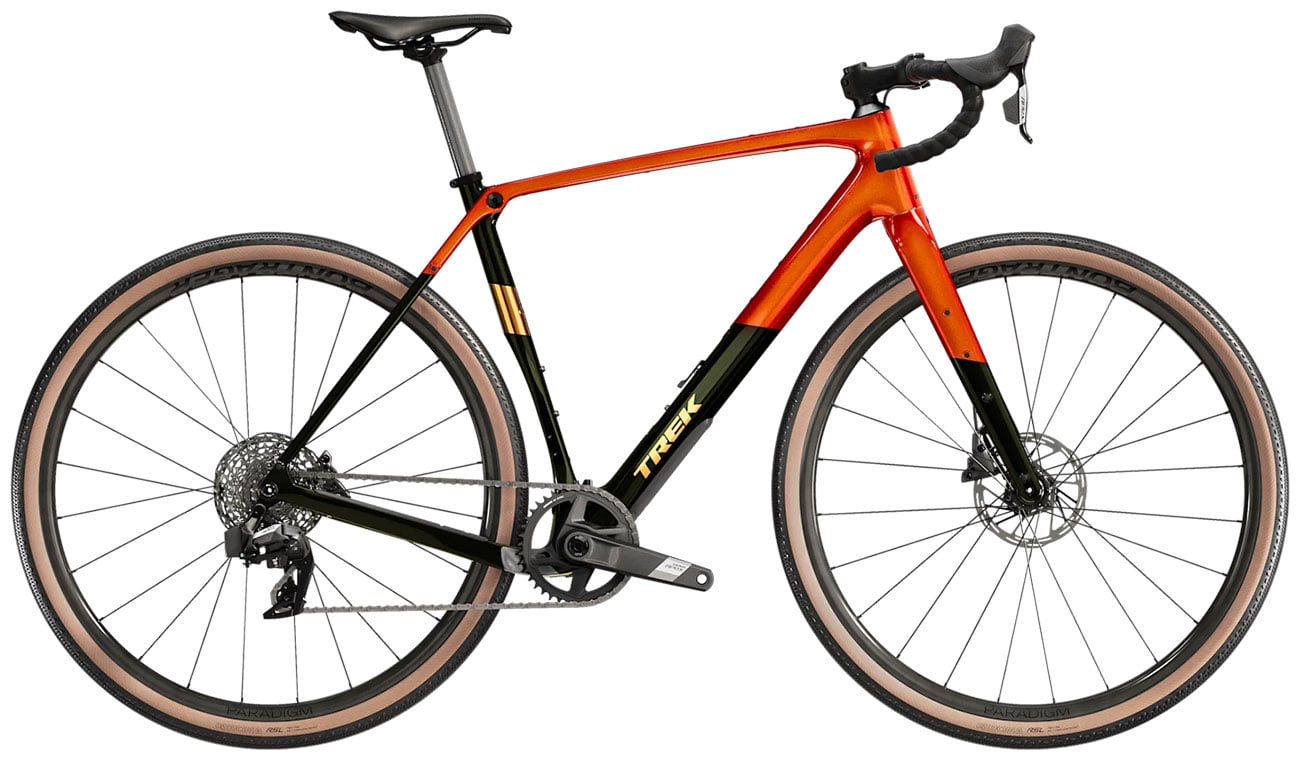
Pros
- Superior comfort for long rides
- Excellent tire clearance (up to 2.1″ 650b)
- Extensive mounting options
- IsoSpeed comfort technology
- Strong dealer network support
- Better stability when loaded
Cons
- Heavier than comparable Grail models
- Higher prices at similar spec levels
- Less efficient geometry for pure speed
- More conservative, less innovative design
Component Breakdown
| Component | Canyon Grail CF SL 7 | Trek Checkpoint SL 5 |
|---|---|---|
| Frame | Carbon CF with internal routing | OCLV Carbon with IsoSpeed |
| Fork | Carbon with tapered steerer | Carbon with rack mounts |
| Wheelset | DT Swiss aluminum | Bontrager aluminum |
| Tires | Schwalbe G-One R 40mm | Bontrager GR1 40mm |
| Drivetrain | Shimano GRX 600 2×11 | Shimano GRX 600 2×11 |
| Brakes | Shimano GRX hydraulic | Shimano GRX hydraulic |
| Cockpit | Canyon CP0018 | Bontrager composite |
| Saddle | Canyon S15 VCLS 2.0 | Bontrager Montrose |
| Seatpost | Canyon S25 VCLS CF | Bontrager carbon |
Which One is Best For You?
Choose the Canyon Grail if:
- Speed and performance are priorities
- You’re coming from road cycling
- Budget consciousness matters
- You want the lightest possible bike
- Racing or fast group rides are common
Choose the Trek Checkpoint if:
- Comfort on long rides is essential
- Bikepacking and adventure riding appeal
- You need extensive mounting options
- Stability with loads is important
- Local dealer support matters
“If you’re mainly focused on speed with some gravel exploration, choose the Canyon Grail. If you plan on rugged bikepacking trips with gear and comfort is paramount, the Trek Checkpoint is better equipped.”
Alternatives to Consider
If you like the Canyon Grail, consider:
- Specialized Diverge: Similar performance focus with Future Shock
- Giant Revolt Advanced: Competitive carbon gravel racer
- Cannondale Topstone Carbon: Comparable performance and value
If you like the Trek Checkpoint, consider:
- Specialized Diverge STR: More adventure-focused Diverge variant
- Giant Revolt: Good all-rounder with solid value
- Canyon Grizl: Canyon’s adventure-focused alternative
FAQ Section
Q: Is the Canyon Grail good for bikepacking? A: While possible, the Grail is better suited for light, pavement-focused bikepacking. Its limited mounting options and aggressive geometry make it less ideal than the Checkpoint for serious adventure touring.
Q: Can I use the Trek Checkpoint for road riding? A: Absolutely! The Checkpoint performs well on roads, though the more upright position and heavier weight make it less efficient than the Grail for pure road performance.
Q: What size tires can each bike fit? A: The Grail maxes out at 42mm (700c), while the Checkpoint can fit up to 45mm (700c) or 2.1″ (approximately 53mm) with 650b wheels.
Q: Which has better geometry for comfort? A: The Trek Checkpoint wins with its more upright stack/reach ratio (1.42 vs 1.27), longer wheelbase, and IsoSpeed compliance system.
Q: Can either bike handle front racks and panniers? A: The Trek Checkpoint offers full rack compatibility front and rear. The Canyon Grail has limited mounting options and isn’t well-suited for traditional touring loads.

